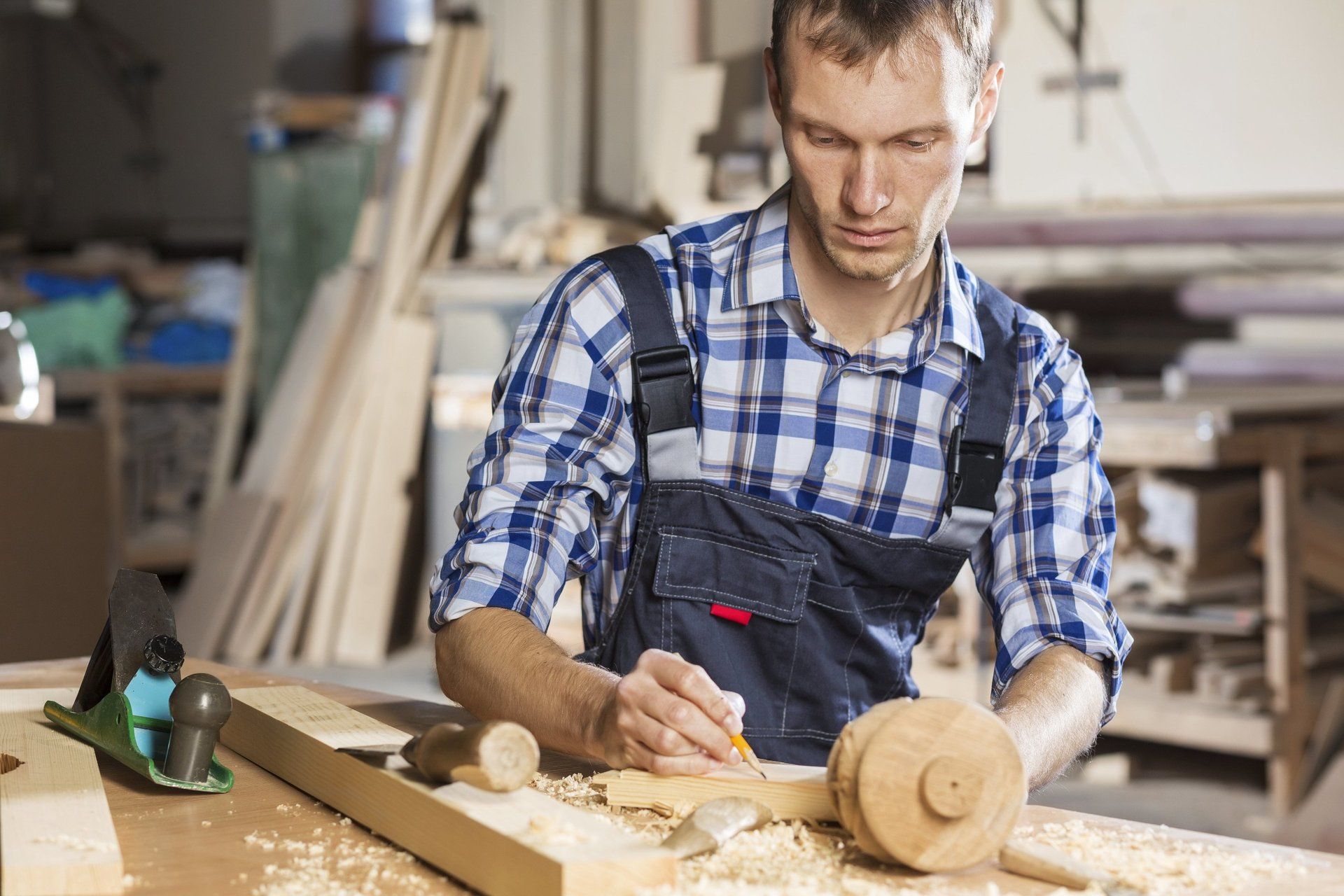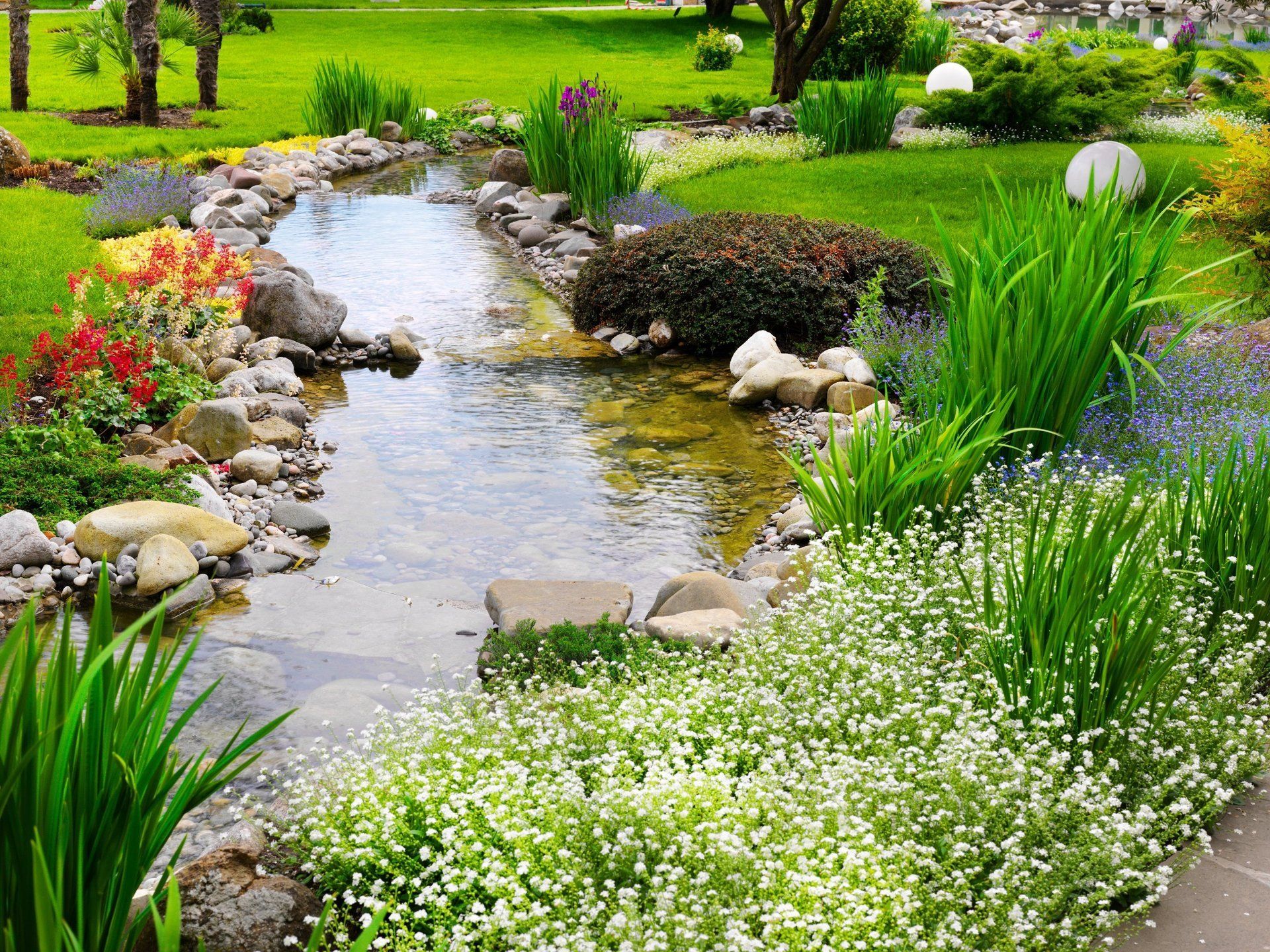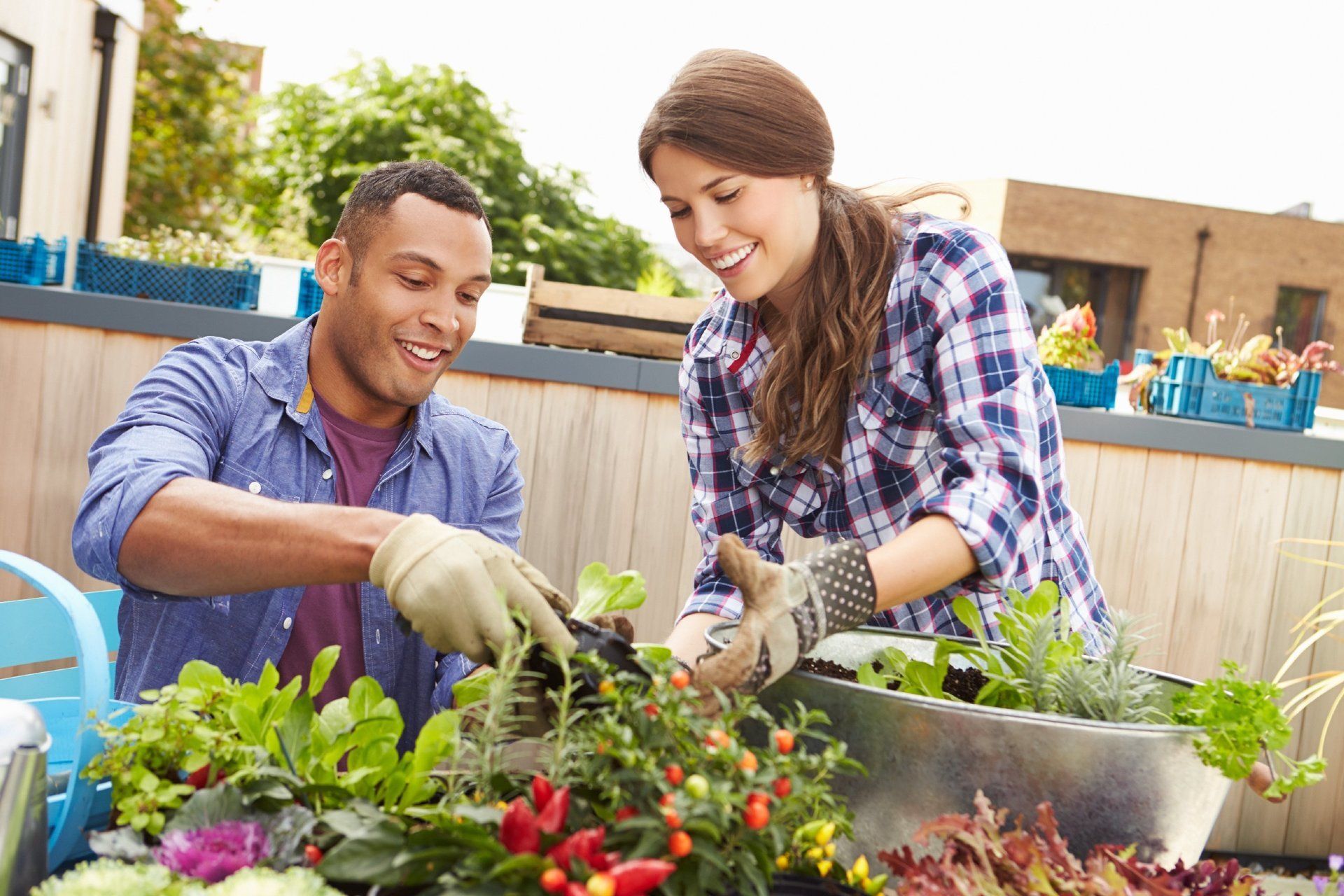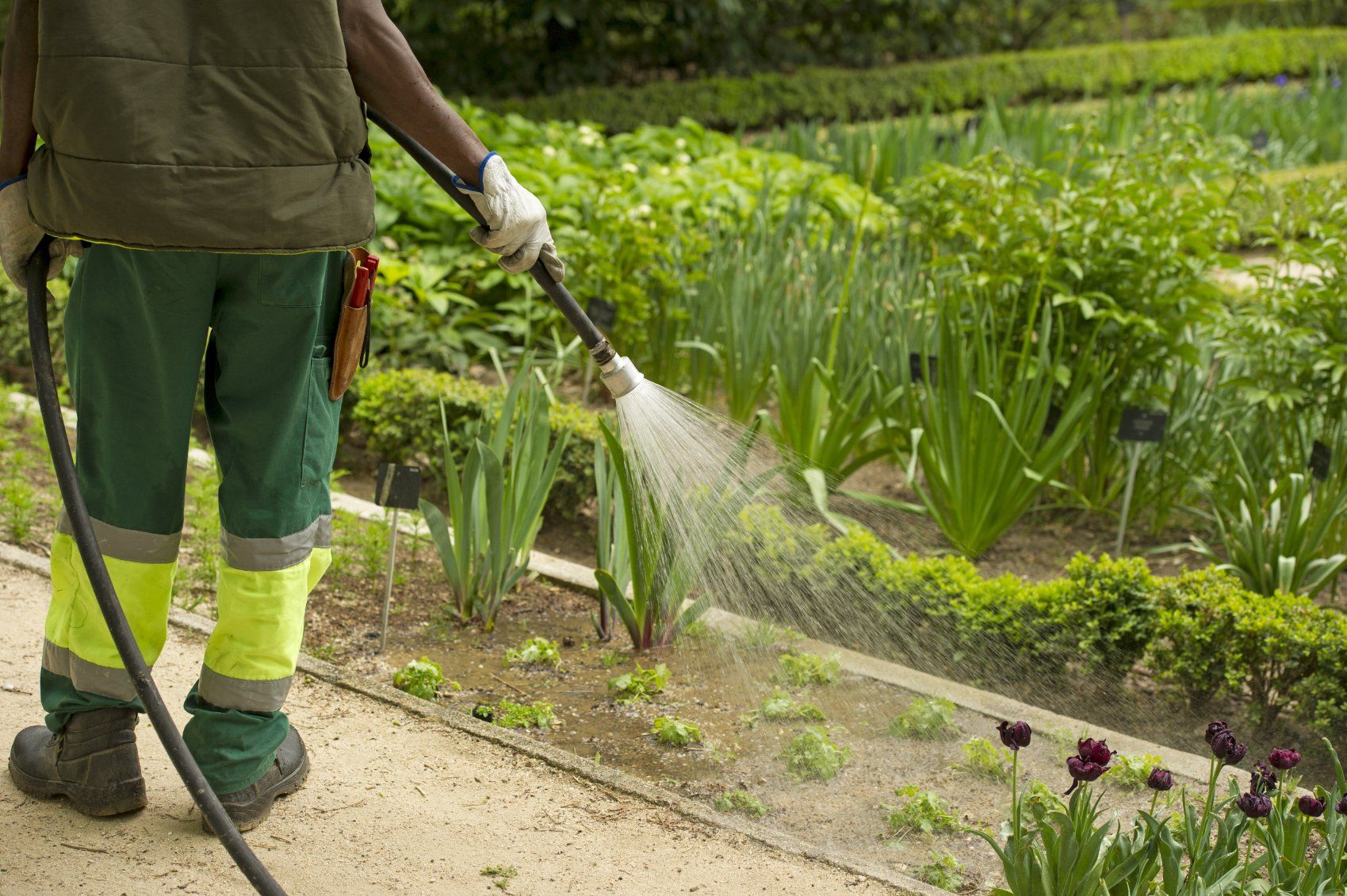

Blog
Home Gardening Tips for Beginners
Get Started with Home Gardening!
Introduction
Are you interested in home gardening but don't know where to start?
Whether you are looking for a way to spruce up your outdoor space or you want to try your hand at gardening as a hobby, there are some essential tips and tricks that will help you get started.
From preparing the soil to selecting the right plants, we'll provide you with all the information you need to make your home gardening journey successful.
Gardening is a very rewarding hobby. So get your hands dirty and join us as we explore the basics of home gardening.
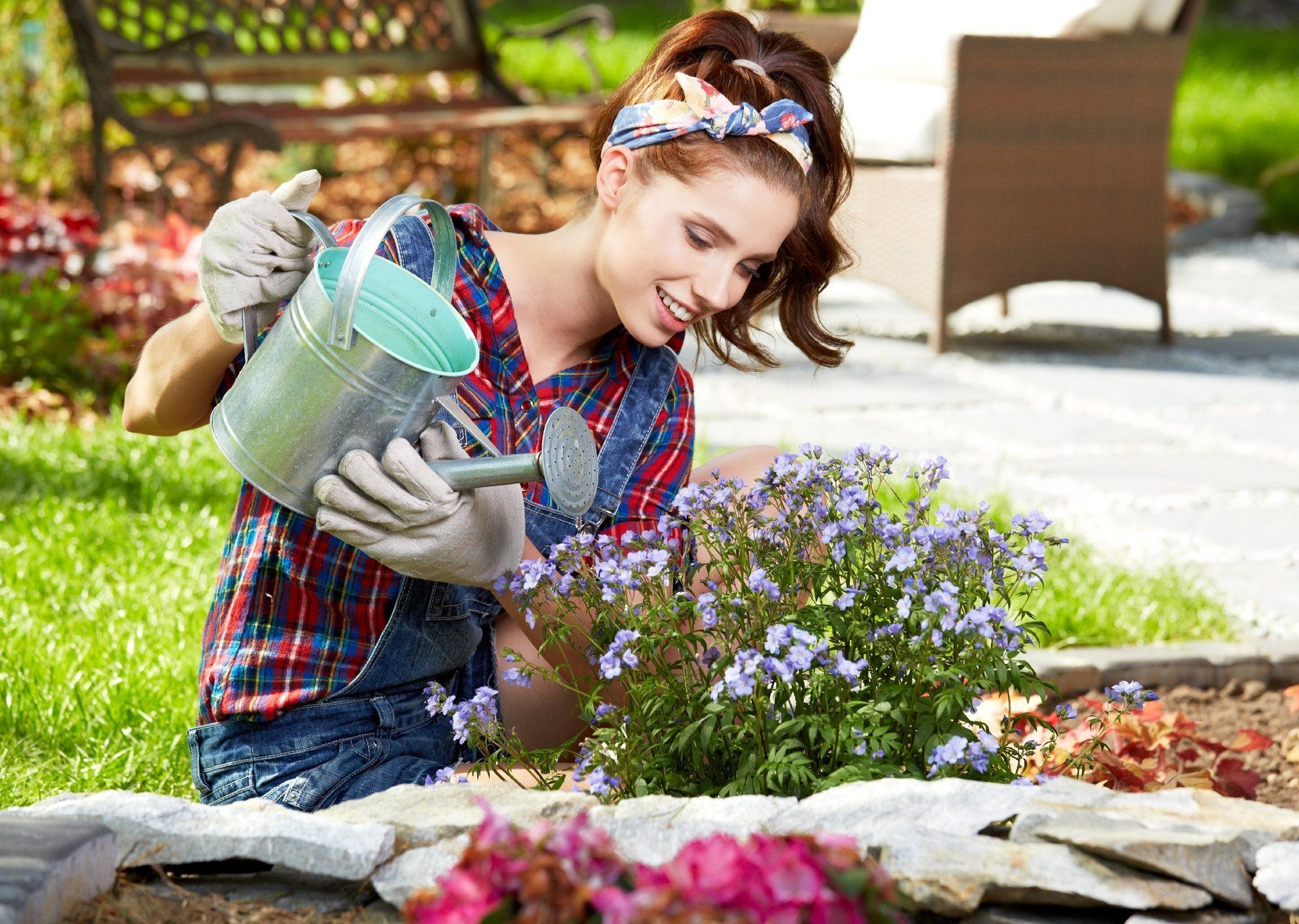
Understanding Your Garden Space
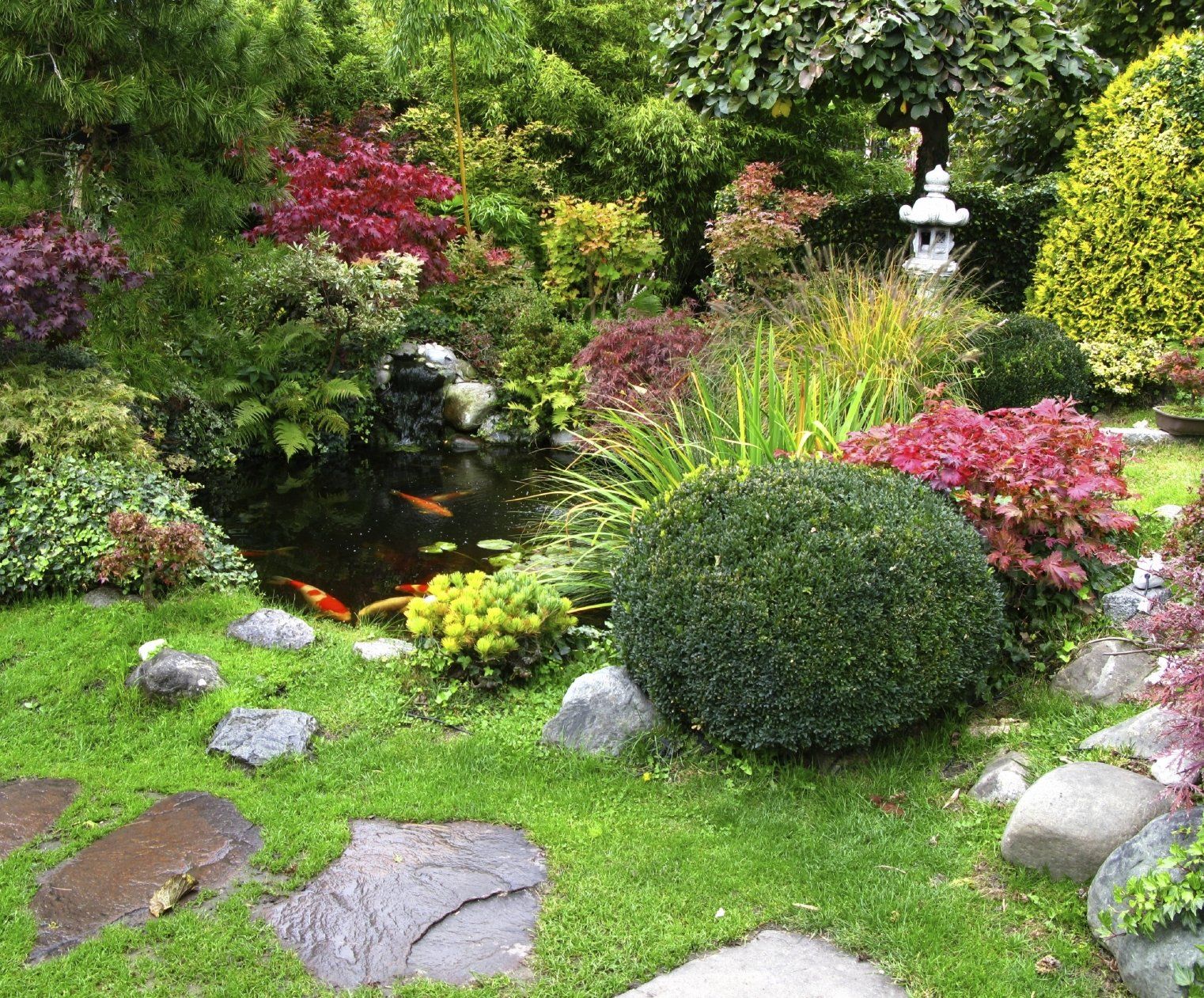
Before you get started with gardening, it's important to understand your garden space.
Whether you have a small balcony, a backyard, or even just a windowsill, the size and layout of your space will determine what you can grow and how you can design your garden.
One of the benefits of gardening is the ability to grow your own food, even in a limited space.
If you have a small balcony, you can utilize vertical gardening techniques to maximize your planting area. Hanging baskets, trellises, and wall-mounted planters are great options for growing herbs, vegetables, and even fruits. On the other hand, if you have a spacious backyard, you have the opportunity to create a beautiful landscape filled with flowers, shrubs, and trees.
Take some time to observe your garden space throughout the day.
Notice how much sunlight it receives and at what times.
Some plants require full sun, while others thrive in partial shade.
Understanding the light conditions in your garden will help you choose the right plants for your space.
Consider the soil quality in your garden as well. Is it sandy, clay-like, or loamy?
Different plants have different soil preferences, so it's important to know what you're working with.
You can improve the soil fertility by adding organic matter such as compost or well-rotted manure.
Another factor to consider is the climate in your area.
Are you in a region with a short growing season or a warm, tropical climate?
Certain plants may not be well-suited for your climate, so it's important to choose varieties that will thrive in your area.
Understanding your garden space is an ongoing process. As you gain more experience and engage in lifelong learning about gardening, you'll become more familiar with the unique characteristics of your garden.
So don't be afraid to get your hands dirty and start experimenting.
With a little knowledge and creativity, you can transform your garden space into a vibrant oasis and enjoy the benefits of home-grown food and the beauty of nature.
Deciding on What to Plant
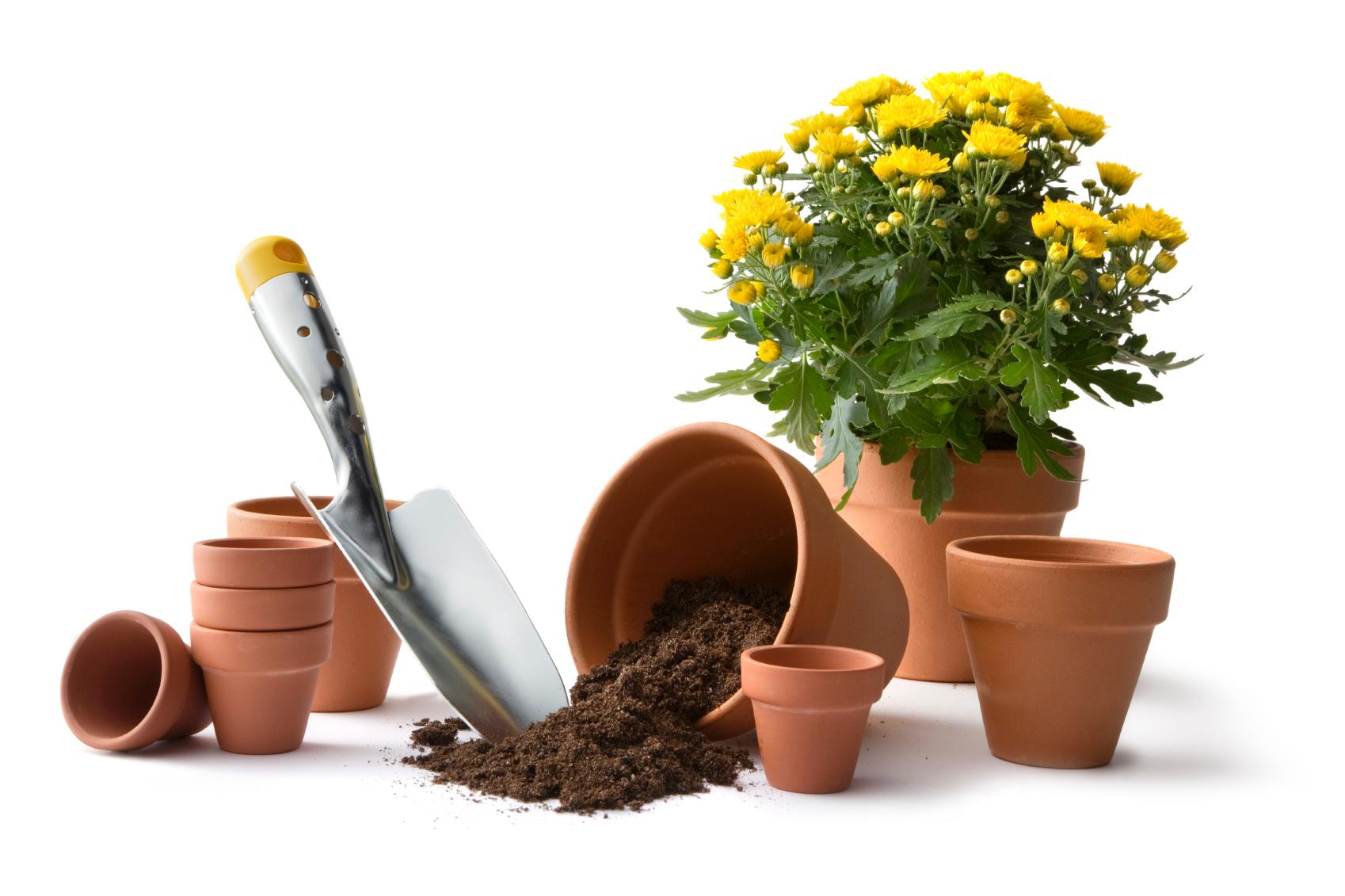
Now that you have a better understanding of your garden space, it's time to decide what to plant.
This is where the fun begins! There are so many options to choose from, whether you want to focus on flowers, vegetables, or a combination of both.
If you're interested in growing your own food, consider planting a variety of vegetables. Start by thinking about what you enjoy eating and what you use most in your cooking. Tomatoes, peppers, lettuce, and herbs like basil and parsley are all great options for beginners.
They are relatively easy to grow and will provide you with a bountiful harvest throughout the season.
If you have limited space, you can also try container gardening.
Many vegetables can be grown in pots or raised beds, making them perfect for balconies or small yards.
Don't forget about flowers! Adding some color and beauty to your garden can be a rewarding experience. Consider planting annuals like marigolds, zinnias, and petunias for a burst of color all season long.
Perennials like daylilies and coneflowers will come back year after year, providing a low-maintenance option for your garden. If you're feeling adventurous, you can even try growing some edible flowers like nasturtiums or pansies, which can be used to decorate salads or desserts.
As you decide what to plant, think about the needs of the plants and how they will fit into your garden space. Consider factors like sunlight requirements, soil conditions, and water needs. It's also important to consider the climate in your area and choose plants that will thrive in your specific conditions.
Remember, gardening is a journey of lifelong learning.
Don't be afraid to experiment and try new things. Start small and gradually expand your garden as you gain more confidence and experience. Enjoy the benefits of gardening, from the satisfaction of growing your own food to the beauty and tranquility of nature in your backyard.
So go ahead, get started with gardening, and let your creativity bloom!
Preparing the Soil

After deciding what you would like to plant, it's time to prepare the soil. Healthy soil is the foundation of a successful garden, so taking the time to properly prepare it will set you up for a thriving and productive garden.
First, you'll want to remove any weeds or grass from the area where you plan to plant. These can compete with your plants for nutrients and water, so it's important to get rid of them. You can manually pull them out or use a garden hoe or shovel to dig them up. Make sure to remove the entire root system to prevent them from regrowing.
Next, loosen the soil by turning it over with a garden fork or tiller. This will help improve the drainage and aeration of the soil, allowing the roots of your plants to grow more easily. Be careful not to overwork the soil, as this can lead to compaction and hinder root growth. Aim for a loose, crumbly texture.
Once the soil is loosened, you can add organic matter such as compost or well-rotted manure. This will improve the soil fertility and provide essential nutrients for your plants. Spread a layer of organic matter over the soil and use a garden fork or rake to mix it in. Aim for a depth of about 4-6 inches.
If your soil is sandy or clay-like, you may also need to amend it with additional materials. Adding sand to clay soil can improve its drainage while adding organic matter to a sandy soil can increase its water-holding capacity. Test your soil's pH levels as well and make any necessary adjustments to create the optimal growing conditions for your plants.
By preparing the soil before planting, you are setting the stage for a successful garden. The combination of healthy soil, proper watering, and good plant care will ensure that your plants thrive and provide you with a bountiful harvest of home-grown food. So roll up your sleeves, get your hands dirty, and prepare your soil for gardening success.
Watering and Feeding Your Plants
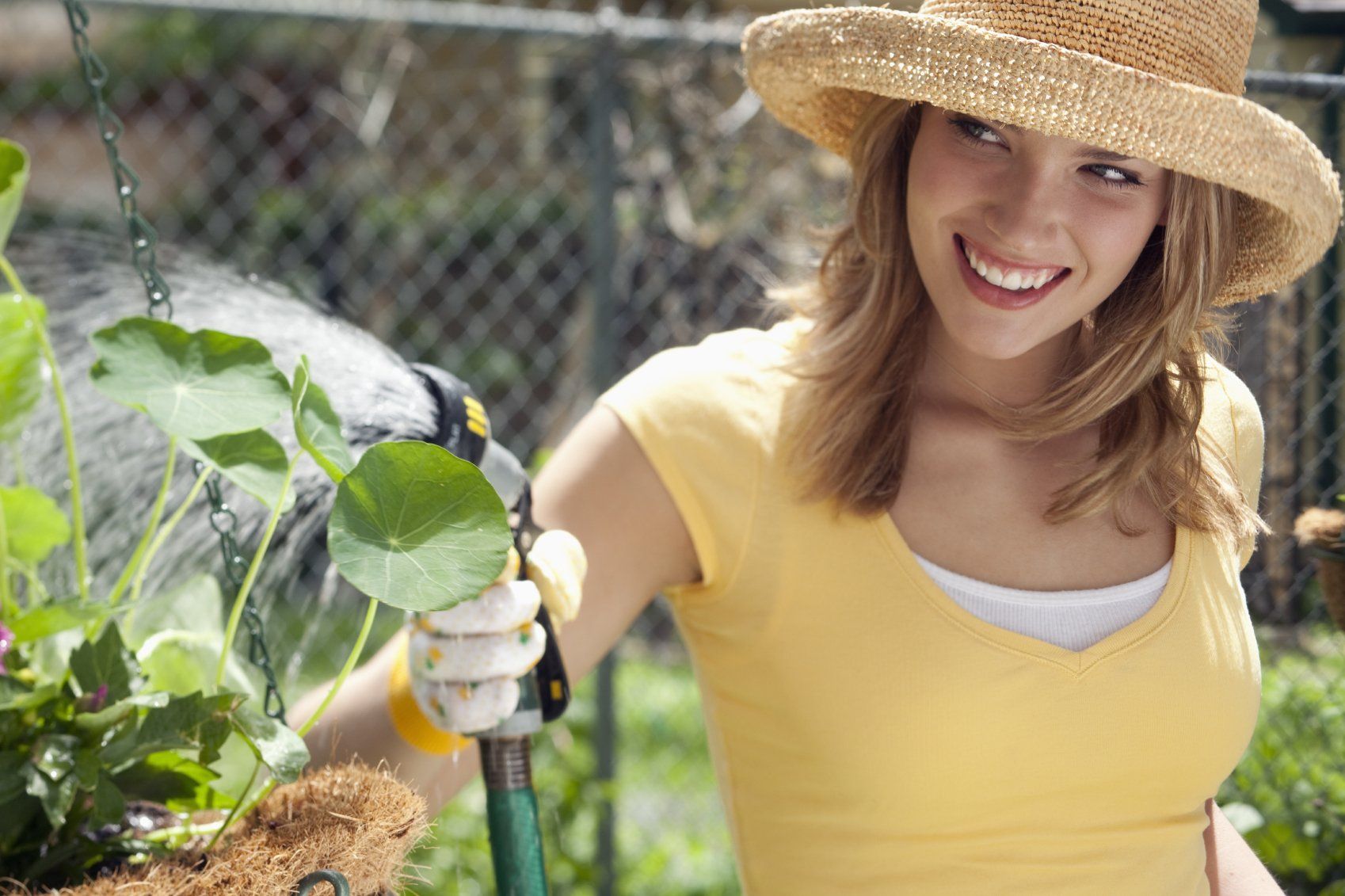
Now that your plants are in the ground and growing, it's important to understand how to properly water and feed them. Watering and feeding are essential tasks in maintaining a healthy garden and ensuring the growth and development of your plants.
When it comes to watering your plants, the key is to provide them with the right amount of water at the right time. Overwatering can drown the roots and lead to root rot, while underwatering can cause wilting and stunted growth. The best way to determine when to water is by checking the moisture level of the soil.
Stick your finger about an inch into the soil and if it feels dry, it's time to water.
When watering, aim to water the roots rather than the leaves, as wet foliage can lead to fungal diseases.
Use a watering can or hose with a nozzle that provides a gentle flow of water.
In addition to water, your plants also need nutrients to thrive. Fertilizing is an important aspect of feeding your plants. You can use organic or synthetic fertilizers, depending on your preference.
Follow the instructions on the fertilizer packaging for the recommended application rates.
It's important not to over-fertilize, as this can cause damage to your plants.
Slow-release fertilizers are a great option for providing a steady supply of nutrients over time.
Incorporating compost into your garden beds is another way to feed your plants.
Compost is rich in organic matter and provides a wide range of essential nutrients. Spread a layer of compost around the base of your plants and gently work it into the soil.
Keep an eye out for signs of nutrient deficiencies or excesses in your plants.
Yellowing leaves, stunted growth, or poor flowering can indicate a lack of nutrients, while burnt leaves or wilting can be a sign of over-fertilization. Adjust your watering and feeding practices accordingly.
When you grasp the correct ways to properly water and feed your plants, you'll be on your way to a thriving garden. Remember to observe your plants regularly and make adjustments as needed.
Gardening is all about learning and adapting, so don't be afraid to experiment and find what works best for your specific plants and garden. With proper care and attention, you'll be rewarded with healthy, vibrant plants and a bountiful harvest.
Happy gardening!
Dealing with Pests and Diseases

As much as we love our plants, pests, and diseases can sometimes find their way into our gardens and wreak havoc on our hard work. But don't worry, with a little knowledge and some proactive measures, you can effectively manage these challenges and keep your garden healthy and thriving.
The first step in dealing with pests and diseases is prevention.
Keep a close eye on your plants and regularly inspect them for any signs of trouble. Look out for chewed leaves, holes, discoloration, or wilting. These can be indicators of pest infestation or disease.
Catching these problems early can prevent them from spreading and causing further damage.
One effective method of pest control is using natural predators.
Many beneficial insects like ladybugs, lacewings, and praying mantises feed on common garden pests such as aphids and caterpillars. By attracting and supporting these beneficial insects in your garden, you can maintain a natural balance and keep pest populations in check.
If pests become too problematic, you can also use organic pest control methods such as neem oil, insecticidal soaps, or companion planting. These methods are safe for the environment and won't harm beneficial insects.
When it comes to diseases, proper sanitation is key.
Remove any infected plants or leaves from your garden to prevent the spread of disease.
It's also important to avoid overwatering and provide good air circulation to reduce the chances of fungal diseases.
If you're unsure about the specific pest or disease affecting your plants, consult with a local nursery or extension service. They can provide expert advice and recommend appropriate treatments.
Remember, dealing with pests and diseases is an ongoing process.
Stay vigilant, take preventative measures, and be prepared to take action if needed.
With proper care and attention, you can keep your garden healthy and thriving.
Don't let pests and diseases discourage you. Instead, view them as opportunities to learn and grow as a gardener. Happy gardening!
Harvesting and Enjoying Your Produce
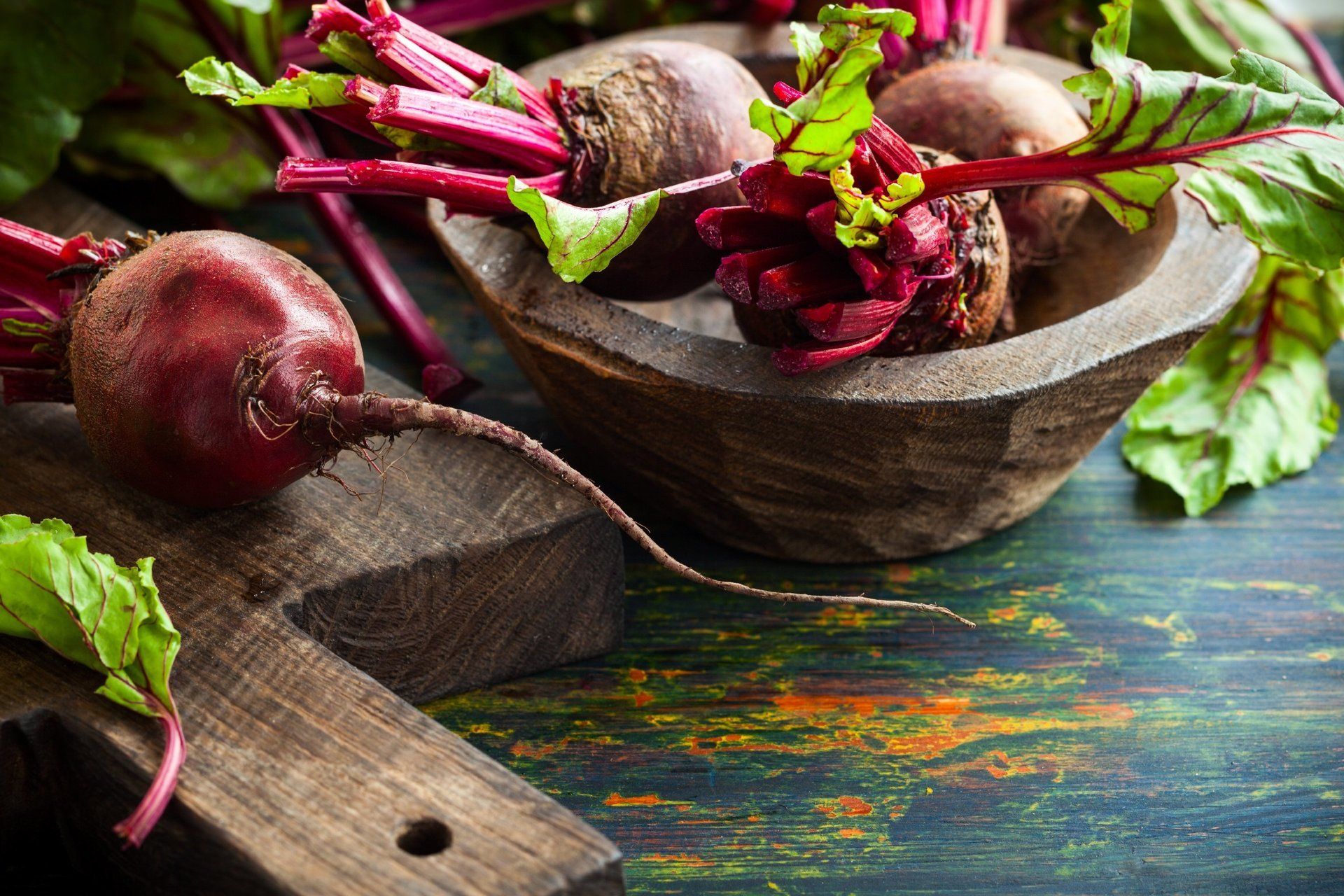
Now comes the exciting part - harvesting and enjoying the fruits of your labor!
After all the hard work you put into your garden, it's time to reap the rewards and savor the flavors of home-grown produce.
One of the most satisfying moments in gardening is picking your fruits and vegetables straight from the garden. As each crop reaches its peak of ripeness, carefully harvest it to ensure the best taste and quality.
For vegetables like tomatoes and cucumbers, gently twist or cut them off the vine when they are fully colored and firm. Leafy greens can be picked by snipping the outer leaves, allowing the inner ones to continue growing.
Root vegetables, such as carrots and radishes, can be pulled from the soil when they have reached the desired size. And don't forget about herbs! Clip them as needed, ensuring that you leave enough growth for the plant to continue thriving.
Once you have harvested your produce, it's time to enjoy it!
There is something incredibly satisfying about cooking a meal with ingredients you have grown yourself. From a simple salad with fresh lettuce and herbs to a flavorful stir-fry using home-grown peppers and tomatoes, the possibilities are endless.
Home-grown produce tastes amazing and is packed with nutrients and flavors that you just can't always find in store-bought options.
If you find that you have an abundance of produce, don't let it go to waste. Share your harvest with friends and family, or consider preserving it for future use. You can freeze, can, or pickle your excess fruits and vegetables, ensuring that you can enjoy the taste of your garden long after the growing season is over.
So, as you step into your garden to harvest the fruits of your labor, take a moment to appreciate the journey and hard work that got you here. Embrace the satisfaction of knowing that you played a role in growing your own food, and relish in the delicious flavors that nature has provided.
Happy harvesting and enjoy every bite!
Research and Resources
Learn to Grow Your Own Nutritious Food at Home
Click on the image below, for more information:
Sponsored


